Crossword Puzzle: Parashat Ki Tavo

Test your knowledge with our crossword puzzle! Solve clues related to biblical figures and events from Parashat Ki Tavo.
Ki Tavo

Parashat Ki Tavo intertwines blessings and curses, echoing the consequences of choices and renewing the covenant between divinity and humanity.
Crossword Puzzle: Parashat Ki Tetze

Test your knowledge with our crossword puzzle! Solve clues related to biblical figures and events from Parashat Ki Tetze.
Ki Tetze
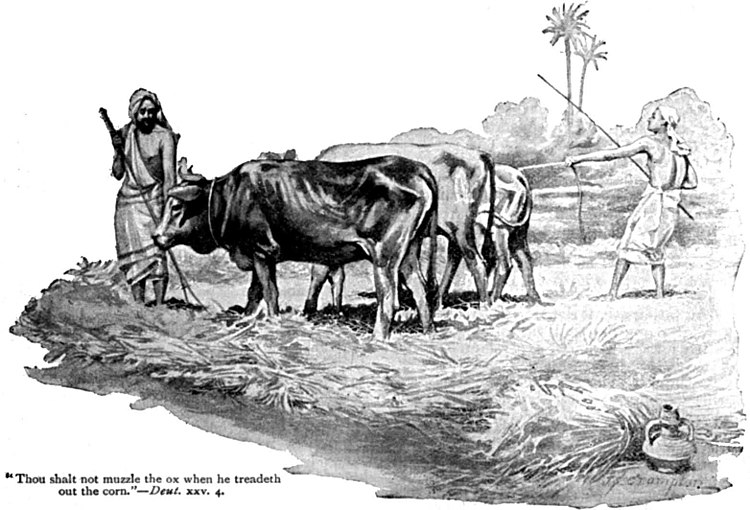
Parashat Ki Tetze covers ethical treatment of captives, kindness to the vulnerable, honest business practices, and more.
Parashat Re’eh: Torah Reading (English)
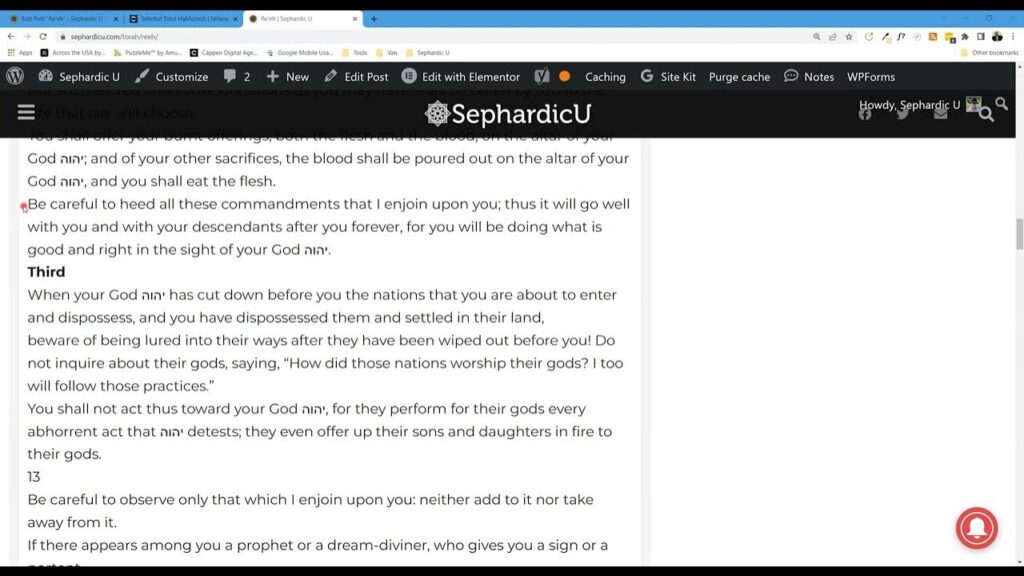
[ad_1] Parashat Re’eh: Torah Reading (English) [ad_2] Source link
Ki Tisa
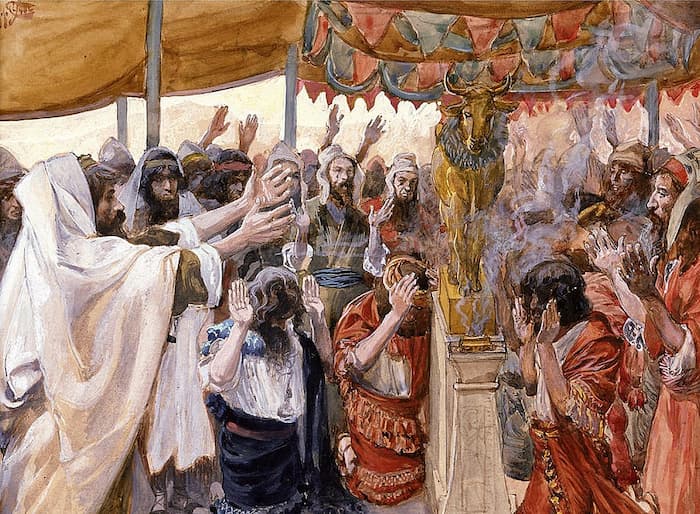
Ki-Tisa (“When You Elevate”) opens as God tells Moses to collect a half-shekel donation from all Israelites and to anoint the Mishkan (Tabernacle), its vessels, and the priests. The Israelites worship the golden calf and Moses breaks the tablets. Moses beseeches God to forgive, and returns with a second set of tablets.
Tetzave

Parashat Tetzave reports God’s commands to bring olive oil for the lamp (מְנוֹרָה, Menorah), make sacred garments for the priests, conduct an ordination ceremony, and make an incense altar.
Teruma
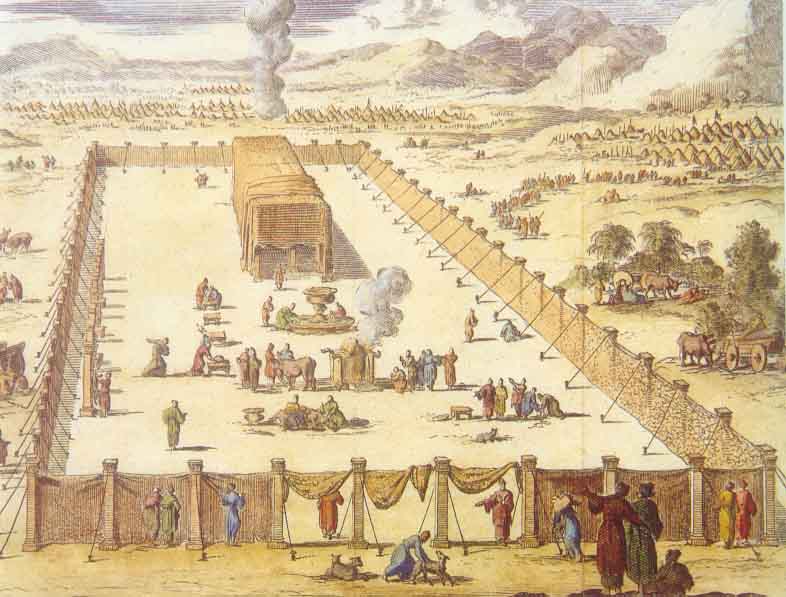
Teruma (“Donation”) opens as God tells Moses to collect donated materials in order to build a dwelling place for God called the Mishkan (Tabernacle). God describes how to build the vessels that will fill the Mishkan – including the ark, table, menorah, and sacrificial altar – as well as the Mishkan’s walls and curtains.
Mishpatim
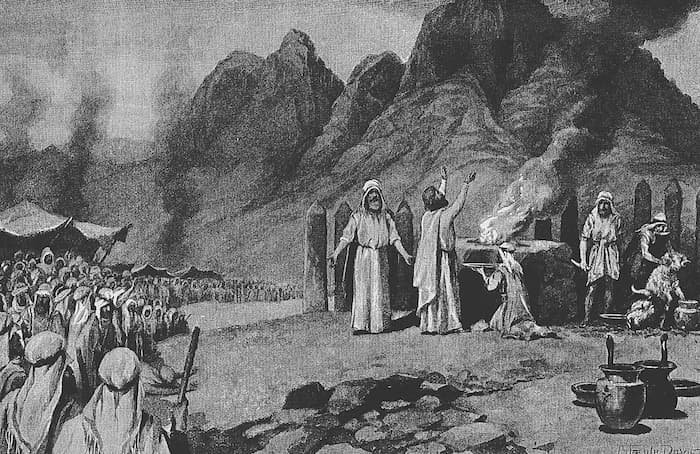
Parashat Mishpatim sets out a series of laws, which some scholars call the Covenant Code. It reports the people’s acceptance of the covenant with God.
Sweet, Sweet Torah!
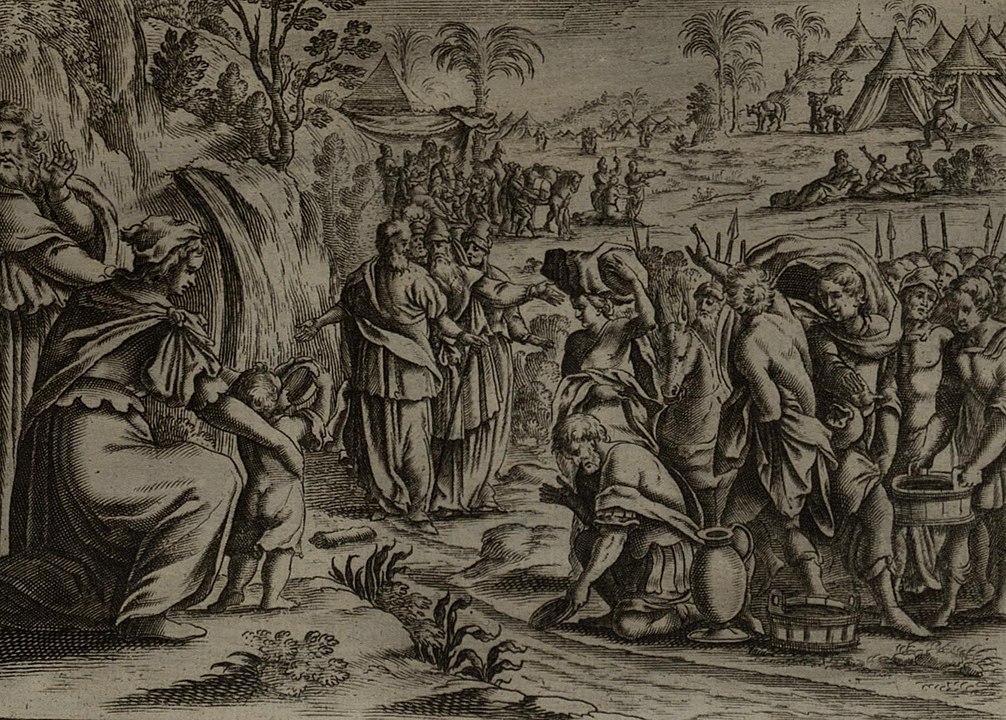
Moshe mobilized the Israelites away from the Sea of Reeds. They came out to the desert of Shur, and they walked three days in the dessert, without finding water. They came to [the lake of] Marah, but they could not drink the water of Marah, for they were bitter, therefore it was named Marah. The […]
